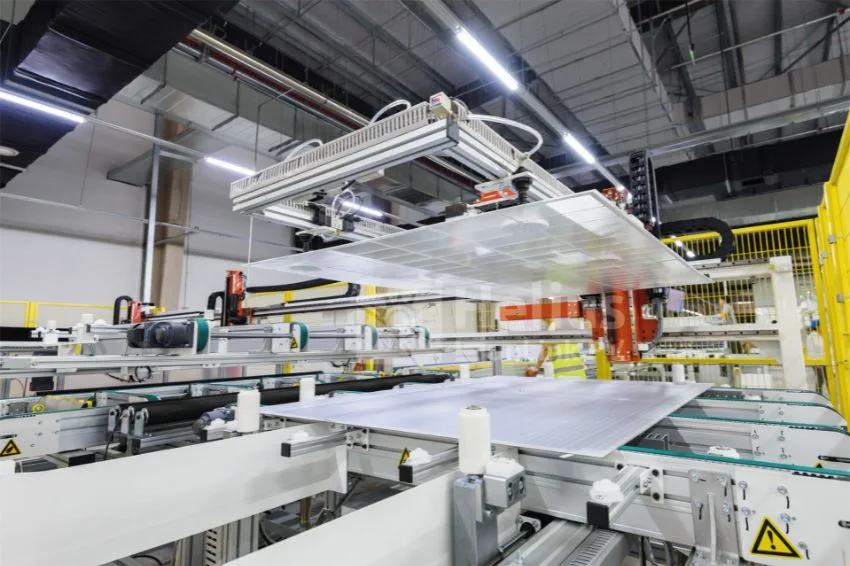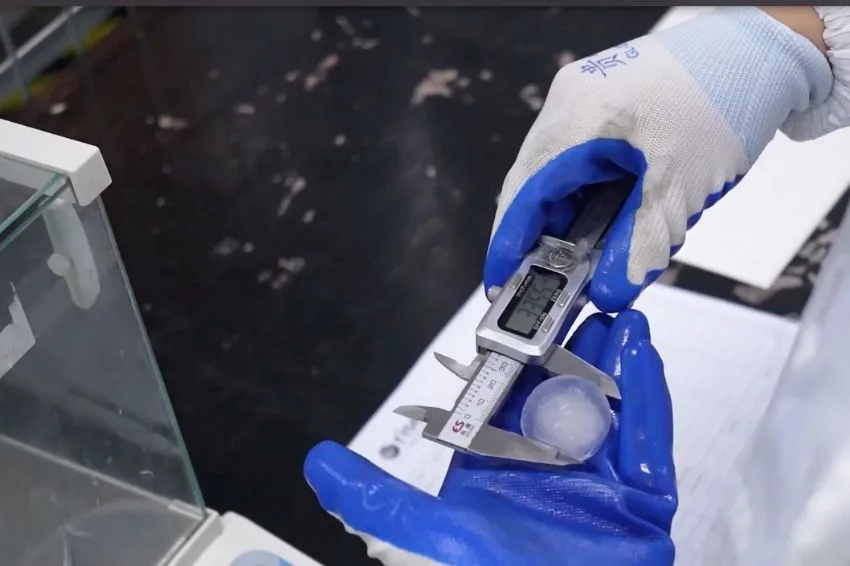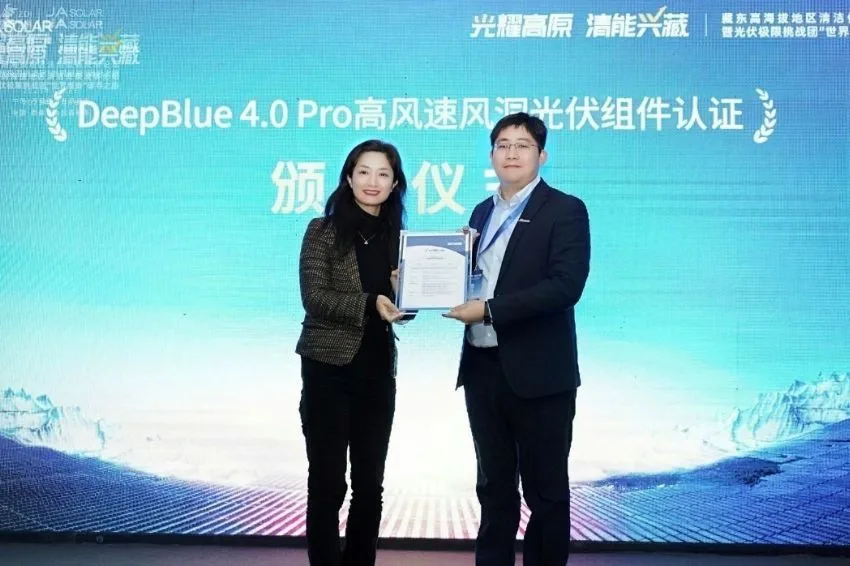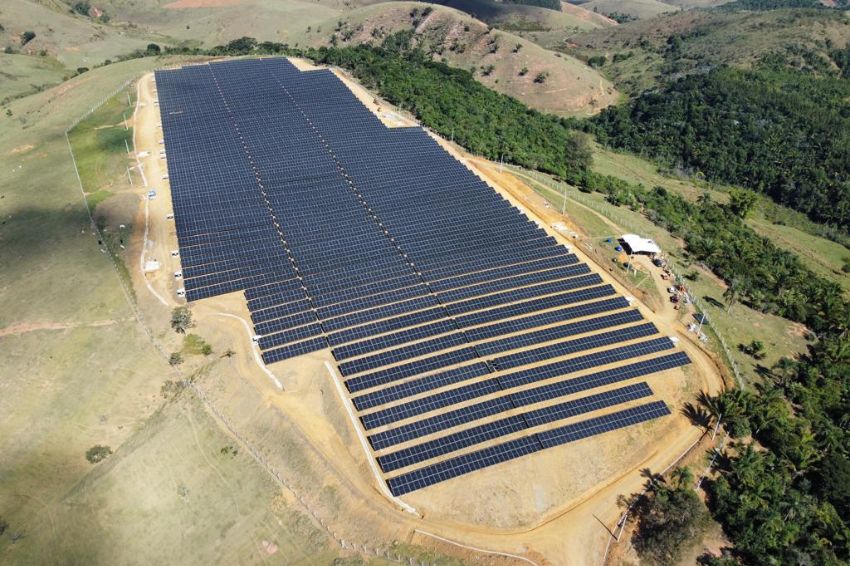A Ecori Solar Energy, the largest distributor of APsystems in the world, continues to follow the accelerated movement of the expansion of high power modules, which are a trend in the global market.
"At 2021 edition of Intersolar, we brought two releases from APsystems: the DS3D (2000 W single-phase microinverter) and the QT2D (highest power microinverter in the world, with 3600 W for three-phase configurations)”, said Rodrigo Matias, commercial director at Ecori.
“These two pieces of equipment accompany the module power expansion movement and, more than that, they keep the Brazilian market prepared for modules with more power, seeking an increasingly greater efficiency of watts per square meter”, he explained.
According to Matias, it is important to highlight the speed that the sector is gaining in terms of technology evolution. “From 2020 to 2021, Ecori brought 500 W modules to the market. Now, in 2022, we once again reinforce our pioneering spirit by presenting the 665 W modules”, he emphasized.
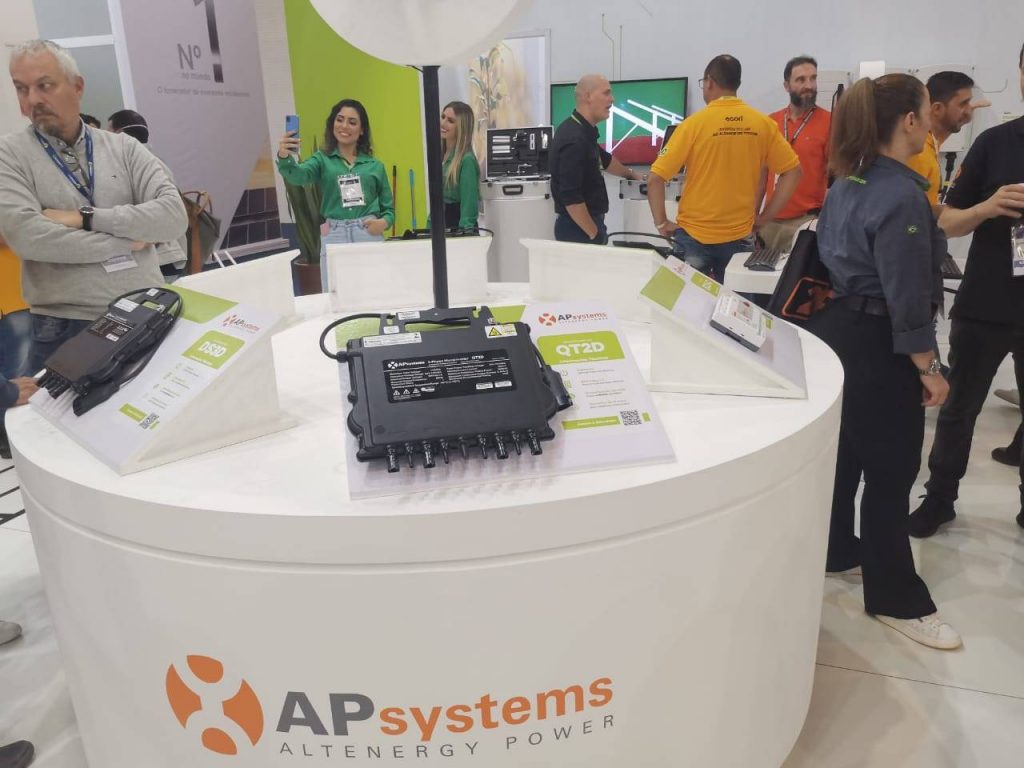
With this dynamism, according to the company, the Brazilian photovoltaic inverter market needs to remain compatible with increasingly powerful modules. Therefore, with microinverters with an input current of 20 A per channel, the APsystems maintains the compatibility of its portfolio with modules with currents around 18 A, as is the case with current 665 W panels.
“The change does not only occur for a technical reason, but also for strategic aspects, since APsystems is already prepared for the future of panels with power even higher than 665 W”, they stated.
“With an eye on the future, we need to think about equipment that works with the highest power modules available on the market, as is the case with DS3D and QT2D. Furthermore, we have to be prepared for higher power photovoltaic module technologies that will certainly come ahead”, he reported.
According to him, it is important to say that the Brazilian market continues to move towards the most powerful panels available and this fits perfectly into APsystems' technological renewal cycle proposal.
“A technology like this provides, precisely, a very long cycle of system operation with very low investment, following everything that will happen in terms of technological development”, he concluded.
Technical detail
João Souza, technical responsible engineer at Ecori, highlighted that the change in APsystems' portfolio is not just technical. The modification is quite significant, but there are also adjustments to commercial and strategic aspect.
“From a technical point of view, we see a change in the issue of the onboard power electronics itself, in the reduction in 25% of the electronic components that are inside the product and the physical arrangement of the devices in order to promote greater thermal dissipation”, he commented.
“Photovoltaic modules evolved very quickly and it was a very significant advance, which makes a lot of difference. Until recently, the most widely available photovoltaic modules on the market were 330 W”, he explained.
Evolution of inverters
With this rapid evolution of module power, it is essential that photovoltaic inverters can also keep up with this development.
“Always keeping an eye on the latest technology, APsystems came out ahead of the market by launching multimodule microinverters, which are a trend”, said the company.
In addition to being the only manufacturer of three-phase microinverters, the QT2D model, which is its second generation of three-phase microinverters, is also the microinverter with the highest power (3600 W) on the market. It has four input channels and capacity for eight high-power modules, such as 665W.
“We increased the power of the equipment, maintaining the size and reducing the number of components. A change in strategy to work with four inputs and eight modules with powers of up to 665 W”, explained Souza.
“Soon, we will have panels with even greater powers and this equipment will not be obsolete. We know that more and more modules are increasing their power and this new APsystems portfolio, presented at Intersolar last year, is more than prepared for this and whatever comes next”, he concluded.




